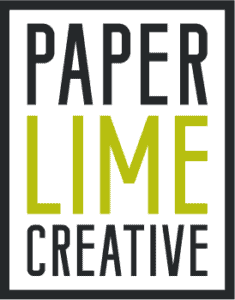
Branding can be a big vacuous term. It started as simply an icon or logo to identify your business. The word brand, as we know it today, originated from cattle branding — a simple mark to let people know whose cows are whose!
While that’s still what it means if you’re in agriculture, if you are working in marketing, branding is term that encompasses every interaction you have with your customer. These aren’t just in person interactions—it’s your website, your billboards, social media, and so much more. While we’re becoming more aware of how visuals and messaging are a huge part of our brand there are even more aspects to consider
Seth Godin puts it as a “set of expectations, memories, stories & relationships that, taken together, account for a consumers decision to chose one product or service over another.”

Jeff Bezos also famously said “Your brand is what other people say about you when you’re not in the room.”
Taking these two quotes into account, that means your brand also includes customer service, dress code, policies and pricing. One of the reasons that we love branding so much is that all these decisions and details can help you curate your customer base. You can’t control who your brand interacts with anymore thanks to the internet, but you can determine how certain people feel about your brand, and target them through the right channels and the right messaging.
A great example of this is Lamborghini. Remember that great commercial they had? Yeah me neither… they don’t advertise on TV because research shows that people that can afford Lamborghinis aren’t watching television. Had they invested in television commercials, they would be wasting money and bringing in more tire-kickers (pun intended).
Where do you start with your branding if it has all of these intricacies? The first step is figuring out who you like to work with and if they will purchase your product or service. Once you know that, you can start filling in the gaps. If you know your client makes six or seven figures, then you know your pricing needs to be high, because they care more about quality, trust and status than finding a bargain. Or, if you’re targeting Gen-Z, price point needs to be lower as they are just entering the workforce, and the language you use in targeting them needs to be completely different (and “slapping” apparently…)
Branding is an important foundational piece of your business that you can use as a tool to make decisions through, above and beyond visuals and messaging. When done right, branding allows you to do great work for great customers.
